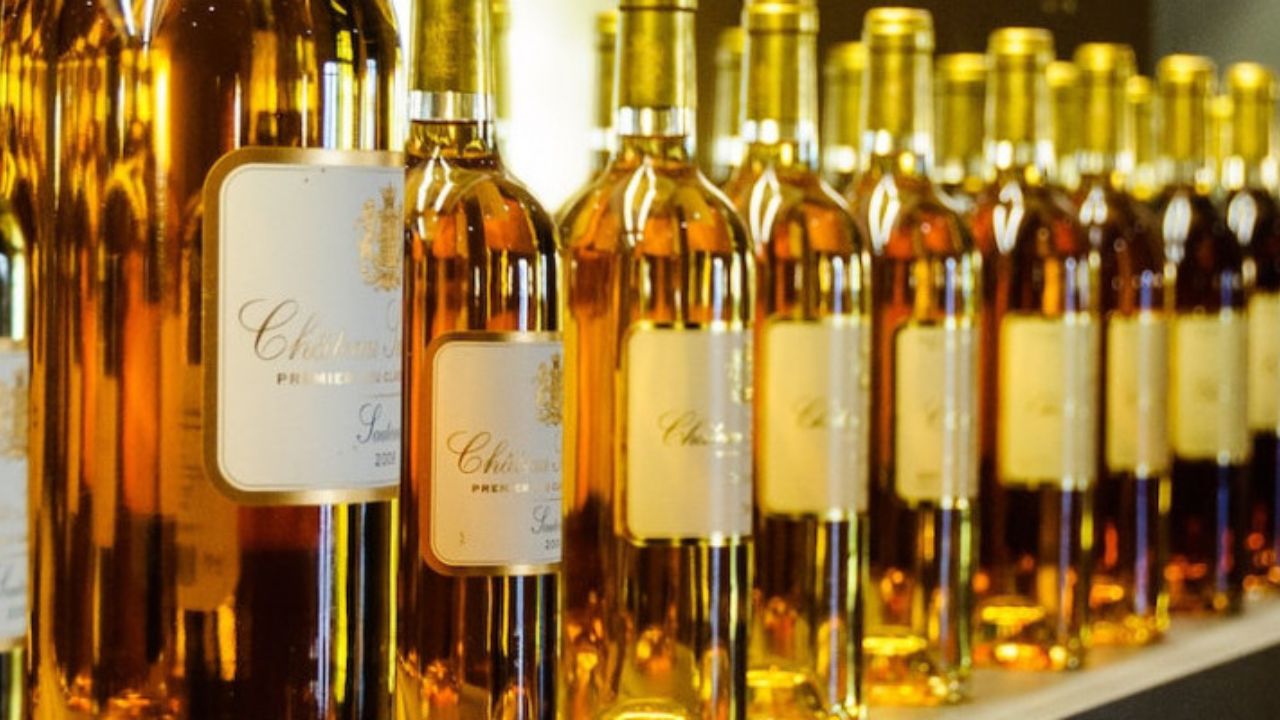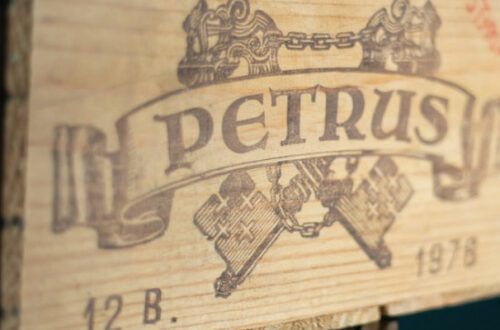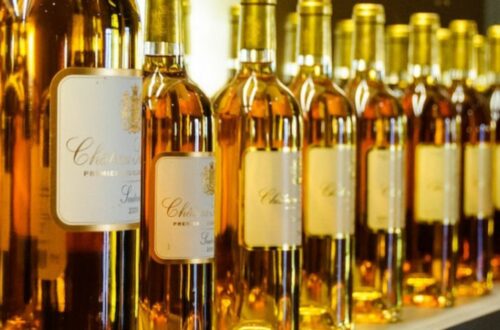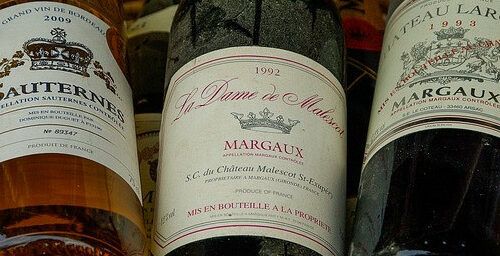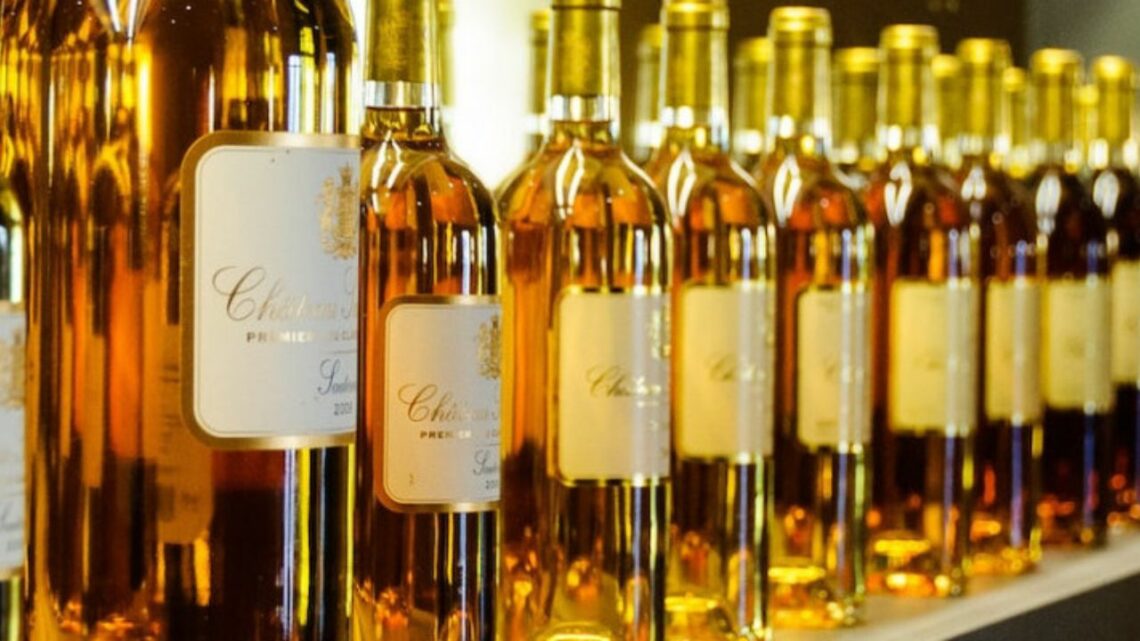
What is the difference between German Rieslings and French Sauternes?
Although Sauternes is usually considered the best sweet wine in the world, German Rieslings are really not far behind… These wines can seem very similar at first sight, they are both sweet (for the sweet ones of course, German Rieslings can also be dry) with high acidity.
So, what is the difference between German Rieslings and French Sauternes?
What is German Riesling?
Riesling is a grape variety with high acidity which grows best in cool and moderate climates, hence Germany. It is susceptible to botrytis (or noble rot) and will thus be the base of a lot of sweet wines in Germany.
Its fruit characteristics vary according to its ripeness : it goes from green fruit and citrus to stone fruit, tropical fruit and dried fruit. With age, it will develop honey and gasoline aromas.
Riesling is the most common grape variety in Germany. As seen below, it can be the basis of dry wines as well as sweet wines. But let’s look at sweet wines.
In the German classification (the same is applied in Austria), this concerns Auslese, Beerenauslese (BA), Trockenbeerenauslese (TBA) and Eiswein.
Auslese are made from extra-ripe bunches. Noble rot can also play a role sometimes. However, these are wines that are often drunk throughout the meal and not just for dessert.
For BA and TBA, noble rot is essential to achieve the density of the must necessary for the elaboration of a TBA. This is not necessary for a BA but they are often botrytised. These are sweet and low-alcohol wines, with flavors of mile, dried stone fruits, candied citrus peels and flowers.
Concerning Eiswein, these are made from frozen grapes
What is French Sauternes?
The great sweet wines of Bordeaux, Sauternes (or Barsac) are made from grapes affected by noble rot. The best are fermented and aged for up to three years in new barrels.
Sauternes wines are usually a blend of Sémillon and Sauvignon Blanc.
Semillon is the most common grape variety for sweet wines because of the finesse of its skin and its affinity for noble rot. These grapes have medium to high acidity and bring aromas of dried fruit, nuts and honey.
Sauvignon Blanc brings the acidity to the blend.
Muscadelle is sometimes added to the blend, in small proportion. It is characterized by marked aromas of fresh grapes and flowers.
These wines have distinctive notes of honey, apricot, citrus zest and dried fruit.
What is the difference between German Rieslings and French Sauternes?
First, you’ll have to consider sweet German Rieslings. Kabinett and Spätlese Rieslings do not have the same level of sweetness as French Sauternes.
However, Spätlese wines from Riesling often offer aromas of apricot and citrus, which resembles those from French Sauternes.
The sweet German Rieslings are Auslese, BA, TBA and Eiswein.
Auslese and Eiswein are not made from botrytised grapes, this is the main difference between German Rieslings and French Sauternes. You will thus not have the characteristic aromas of botrytis.
BA and TBA will have a lower alcohol level than Sauternes, usually. But their aromatic profile can be very similar.
Conclusion
All in all, German Rieslings can be dry to sweet, so you’ll have to pay attention to the kind of Riesling you’re getting. Luckily, Germany has established a classification that relies more on style than quality.
Kabinett and Spätlese Rieslings will be drier than Sauternes. Auslese and Eiswein are made differently from Sauternes. The most similar German Rieslings to French Sauternes are BA and TBA, which tend to have a lower alcohol level.
But the best way to understand the difference is to taste them of course!




